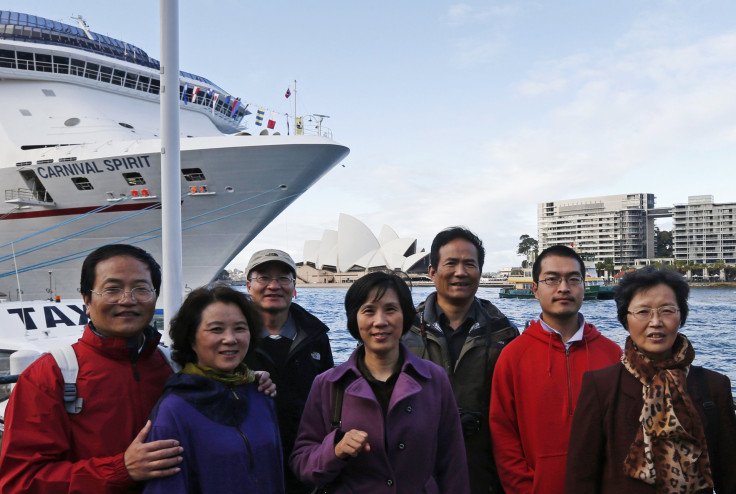Chinese Tourists Now Account For 24% Of Tax-Free Consumption Worldwide: Report

The Chinese now account for a quarter of global luxury consumption, according to experts, and that percentage could grow: Nearly 60 percent of the 2 million Chinese whose personal assets exceed $2 million have yet to spend their money on luxury services, and may represent a growth opportunity.
Many Chinese are seeking new experiences and that will play a dominant role in the luxury market in the future, said Lu Xiao, an assistant professor specializing in luxury brand management at Fudan University, during the opening forum at the annual International Luxury Travel Market (ILTM) Asia last month in Shanghai, reports China Daily. But nearly 60 percent of rich Chinese have not spent their money on luxury travel.
"To spot them, get them involved, communicate with them and offer services they want are key to luxury brands' success," Lu added.
The Chinese are becoming a major target client group in the luxury travel market, according to Alison Gilmore, the director of ILTM Asia. They rank third, after South Koreans and Australians, among luxury travel agents at the forum.
Travel accounts for a major portion of the Chinese people’s luxury consumption, according to a report published by Hurun, a luxury publishing and events group that publishes an annual China Rich list.
The report, entitled the Chinese Luxury Traveler 2013, compiled surveys of about 100 Chinese whose personal assets exceed 10 million yuan ($1.63 million), and shows that 63 percent of the wealthy in China choose travel as their favorite form of entertainment, with France, the U.S. and Singapore as the top three overseas destinations.
Many of these travelers, however, take part in group tours and stay in budget hotels, said Robert Cheng, the vice president of marketing at the Peninsula Hotel Groups, but as they become more experienced travelers, they may choose to travel individually and pick more comfortable luxury hotels.
Chinese travelers have placed first in the Hurun report in terms of spending for three consecutive years. In 2012, they accounted for 24 percent of tax-free consumption worldwide, according to China Daily. Their per-purchase spending is also on the rise, hitting 875 euros ($1153.4) in 2012.
The Chinese made 8.32 million overseas trips in 2012, an 18.4 percent increase compared to 2011, according to statistics from the China Tourism Academy.
With the Chinese showing every sign of overtaking the U.S. as the largest source of overseas visitors, many involved in the tourism industry globally are keen to appeal to the group. Even the French address how to win over Chinese tourists in their etiquette campaign, as the country has seen a surge in foreign tourists in recent years in large part driven by high-spending Chinese visitors.
© Copyright IBTimes 2024. All rights reserved.











